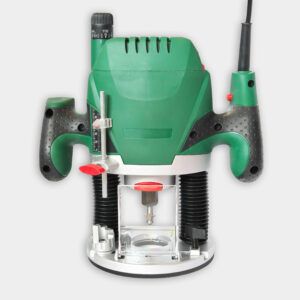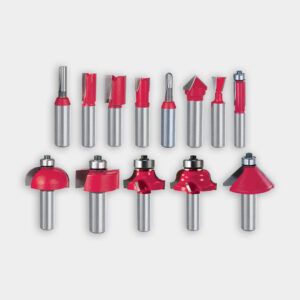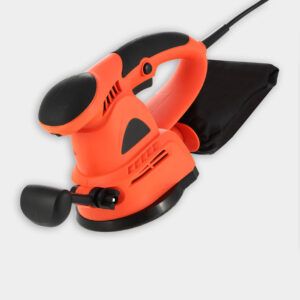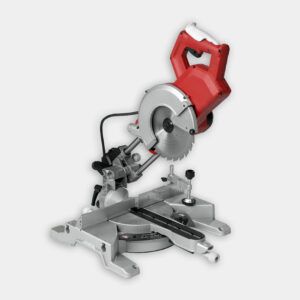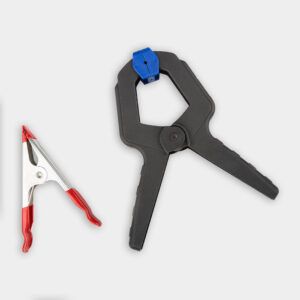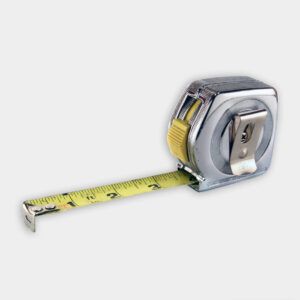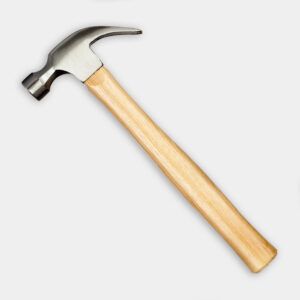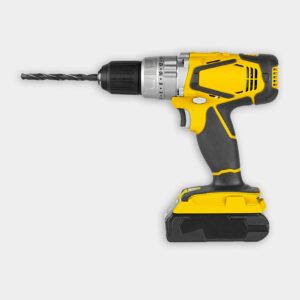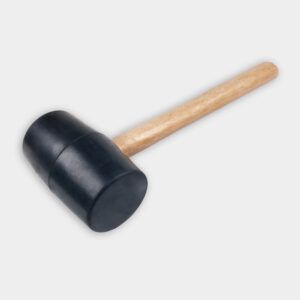We may be compensated if you purchase through links on our website. Our team is committed to delivering honest, objective, and independent reviews on home products and services.
Building a Shaker table is a project that ties together simple design and lasting craftsmanship. This classic piece of furniture can add charm to any room while providing a practical surface for everyday use. With the right materials and tools, you can build a timeless Shaker table that will last for generations.
Follow along with the video above from our Build It series, where Ask This Old House general contractor Tom Silva and host Kevin O’Connor walk through constructing a traditional Shaker table.
Materials and Tools for a Shaker Table
Creating a Shaker table requires specific materials and tools. Having a comprehensive list handy will lead to a smooth process from start to finish.
Wood and Hardware
- Antique oil finish
- Screws
- Seven 1-by-4 pieces of maple, each 2 feet long
- Shaker table base kit (including legs and mechanical fasteners)
- Wood glue
Maple is a great choice for the tabletop because it’s durable and offers a traditional look. Using a base kit helps simplify the assembly process, and the antique oil finish gives the table a classic appearance while protecting the wood.
Tools
Here’s the list of tools that will help you cut, shape, and finish your table:
- Clamps
- Drill/driver
- Hammer
- Mallet
- Miter saw
- Random orbit sander
- Router with straight and roundover bits
- Tape measure
Selecting the Right Maple for a Shaker Table
Choose the right maple for a lasting Shaker table. We recommend hard maple over soft maple because it’s more durable and resistant to wear. Hard maple also has a beautiful grain that pops when finished with oil.
Look for these qualities when choosing your wood:
- Make sure each board is straight, not warped.
- Choose boards with consistent color and grain for a uniform appearance.
- Avoid boards with knots or blemishes that could weaken the structure.
Preparing the Shaker Tabletop
The first step in creating your Shaker table is to prepare the tabletop. This involves cutting, gluing, and shaping the wood to create a solid and smooth surface.
Cutting and Gluing the Boards
Here’s how to cut and glue the boards for the tabletop:
- Measure and cut your seven pieces of maple to 2-foot lengths using a miter saw. Accurate measurements are key for a seamless tabletop.
- Apply wood glue to the edges of each piece. Make sure to spread the glue evenly for a strong bond.
- Clamp the pieces together tightly, checking that they’re aligned to avoid gaps between the boards.
- Place the assembly on raised blocks to allow air to flow underneath while the glue dries.
- Allow several hours for the glue to dry completely. Patience here adds to the longevity of the tabletop.
Sanding and Shaping
Once the glue has dried, it’s time to refine the tabletop:
- Remove the clamps and sand the surface flat using a random orbit sander.
- Find the center of the board assembly by measuring both sides and marking the middle with a small nail hole.
- Create a routing jig by attaching a screw 11 inches from the center of a plywood sheet where the router bit will go. This homemade jig helps guide the router to cut a perfect circle.
- Secure the jig to the tabletop and align the screw with the center hole.
- Use a router with a straight bit to cut the circular shape. Make slow, steady passes to avoid splintering the wood.
- After cutting the circle, use a roundover bit in the router to smooth the edges and give the table a polished look.
Finishing the Shaker Table Components
Silva recommends using an antique oil finish for an authentic look that complements the table’s design.
Sanding and Applying Finish
Here’s how to sand and finish your table:
- Sand all parts of the table, including the top, base, and legs. A thorough sanding paves the way for a flawless finish.
- Wipe away dust with a tack cloth to prepare the surface for finishing.
- Apply antique oil finish using a rag, working it into the wood grain. This brings out the grain and adds a layer of protection.
- Let the finish dry, then apply extra coats as desired. Each extra coat will deepen the finish and increase durability.
Safety note: After using oil-soaked rags, rinse them thoroughly in water and lay them flat to dry to prevent spontaneous combustion.
Assembling the Shaker Table
With all the parts prepared and finished, it’s time to put your Shaker table together.
Attaching the Base
Follow these guidelines for attaching the base:
- Screw the wooden bracket from the kit to the underside of the tabletop. Position it across the grain to allow the wood to expand and contract naturally.
- Attach the legs to the base using the flange screws provided in the kit, inserting them into the pre-cut slots on the legs. Follow the kit’s instructions to create a stable connection.
- Tap the legs firmly into place with a hammer to secure them. Aim for a snug fit without damaging the wood.
Connecting the Top to the Base
Now, connect the top to the base:
- Apply wood glue to the dowel on the leg base. The glue adds strength to the joint.
- Carefully flip the tabletop over and align it with the base.
- Lower the top onto the base, making sure the dowel fits into the center hole.
- Use a mallet to tap the top down, securing it firmly to the base.
In the video, Silva shows how the mechanical fasteners from the kit make it easier to attach the legs and base.
More Tips for Shaker Table Success
Building a Shaker table requires care and precision. Here are a few tips to help the process:
- Check the alignment frequently while you work to avoid any crooked joints.
- If the wood grain is too pronounced after finishing, gentle sanding between coats can soften the appearance.
- Keep your workspace organized.
- Use slightly oversized screw holes when attaching the top to the base to allow for natural wood movement.
- Apply the finish before putting the table together so you can easily reach all surfaces.
- Be patient with the glue process to make sure the boards stick together well.
- Use a router jig to cut the tabletop for a more precise, professional finish.
